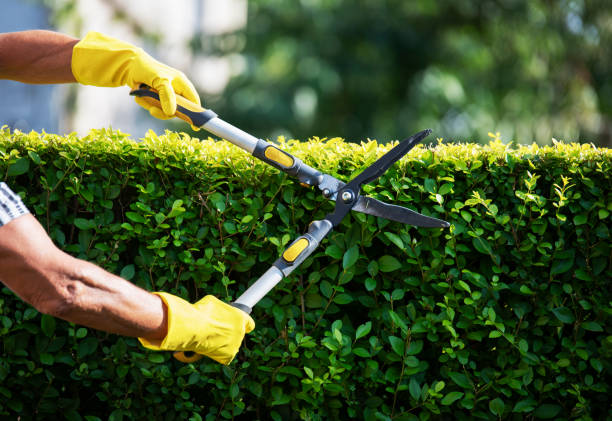The Bush Cutting Dilemma: Balancing Conservation and Human Needs
Introduction:
In the complex interplay between conservation efforts and human needs, few issues resonate as deeply as bush cutting. The act of trimming or clearing bushes and shrubs is often entangled in a web of ecological considerations, societal demands, and individual perspectives. From maintaining landscapes for safety and aesthetics to safeguarding võsalõikus biodiversity, the discourse surrounding bush cutting reflects broader debates about our relationship with nature and the environment.
The Importance of Bushes and Shrubs:
Bushes and shrubs are integral components of ecosystems worldwide, providing crucial habitat, food, and shelter for countless species. From the towering redwoods of California to the sprawling savannas of Africa, these plants contribute to biodiversity and ecosystem stability. Moreover, bushes and shrubs play a pivotal role in mitigating soil erosion, reducing carbon dioxide levels, and enhancing air quality—a vital service in our increasingly urbanized world.
Conservation Concerns:
Despite their ecological significance, bushes and shrubs face numerous threats, including habitat loss, fragmentation, and degradation. Human activities such as urbanization, agriculture, and industrial development encroach upon natural habitats, leading to the destruction of bushland. Moreover, invasive species and improper land management practices exacerbate the plight of native bushes and shrubs, further imperiling biodiversity.
The Role of Bush Cutting:
In many instances, bush cutting emerges as a double-edged sword—a necessary tool for land management yet a potential threat to biodiversity. Controlled bush cutting can prevent wildfires, mitigate the spread of invasive species, and maintain open landscapes for recreational and agricultural purposes. However, indiscriminate or excessive cutting can degrade ecosystems, fragment habitats, and diminish biodiversity, ultimately undermining the very services that bushes and shrubs provide.
Navigating the Dilemma:
Addressing the bush cutting dilemma requires a multifaceted approach that balances conservation imperatives with human needs. Firstly, policymakers must enact regulations and guidelines that promote sustainable bush management practices, emphasizing the preservation of biodiversity and ecosystem integrity. This may involve implementing zoning laws, protected area designations, and land-use planning strategies to safeguard critical bushland.
Furthermore, fostering community engagement and public awareness is paramount in garnering support for conservation efforts. Education campaigns, outreach programs, and participatory decision-making processes can empower individuals and communities to become stewards of their local environments, advocating for responsible bush management practices.
Moreover, embracing innovative technologies and scientific advancements can enhance our ability to manage bushes and shrubs effectively. From remote sensing and GIS mapping to ecological modeling and habitat restoration techniques, leveraging cutting-edge tools can optimize conservation outcomes while minimizing environmental impacts.
Conclusion:
The bush cutting dilemma epitomizes the intricate interplay between human activities and natural ecosystems—a delicate balance that demands thoughtful consideration and proactive stewardship. By embracing sustainable practices, fostering community engagement, and leveraging technological innovations, we can navigate this dilemma and forge a harmonious relationship between conservation and human needs, ensuring the enduring vitality of bushes and shrubs for generations to come.
